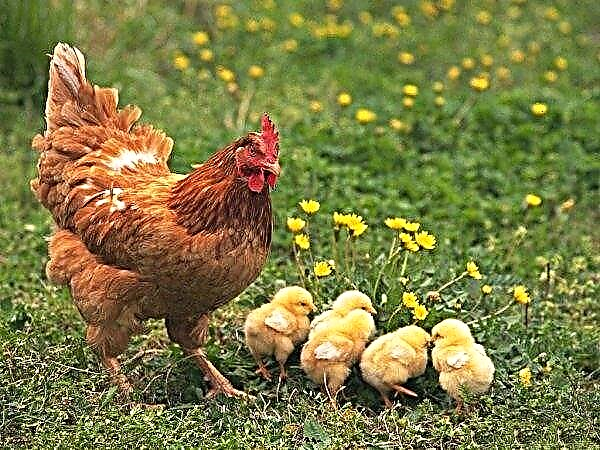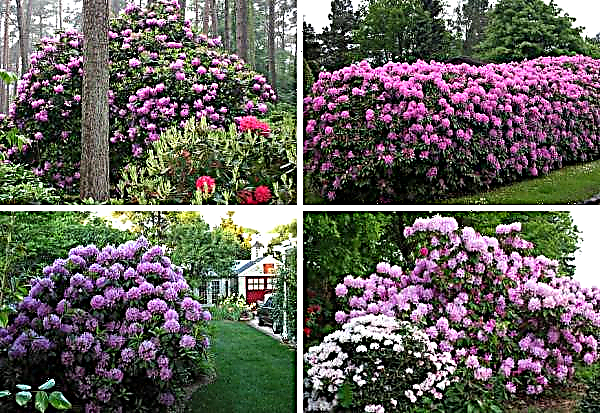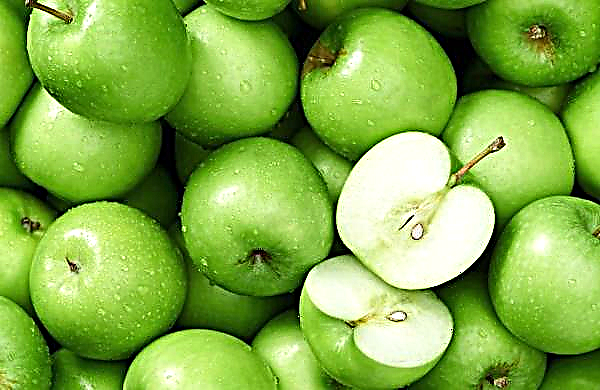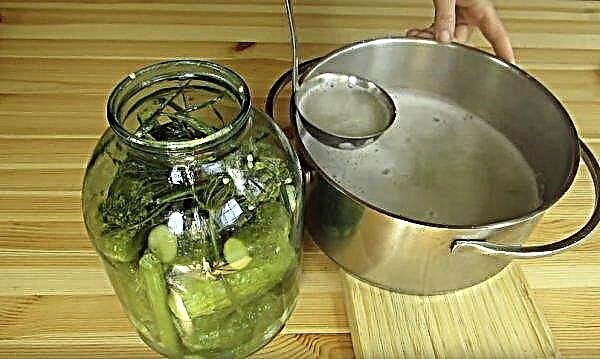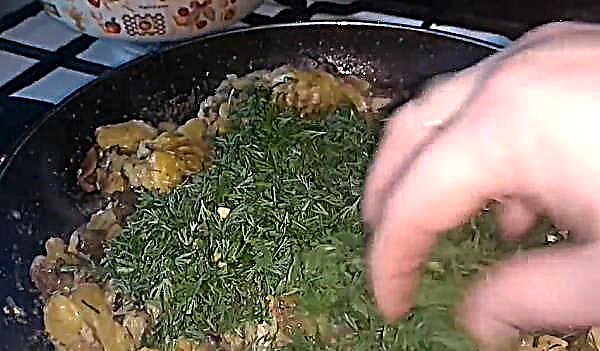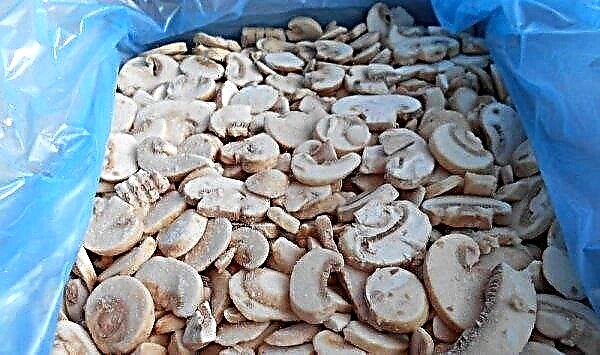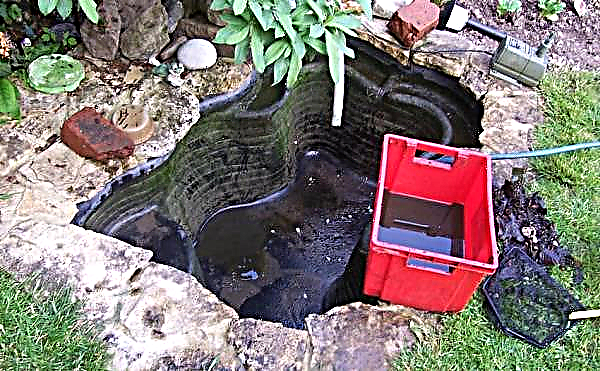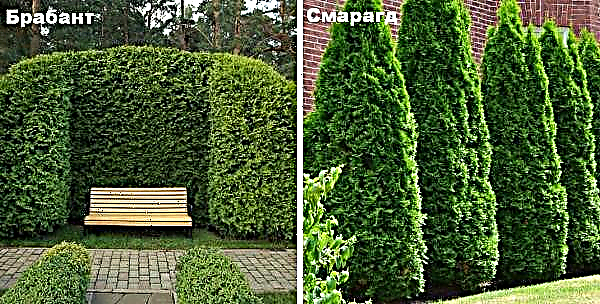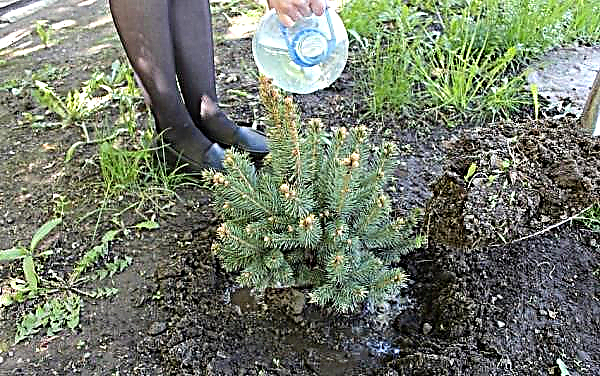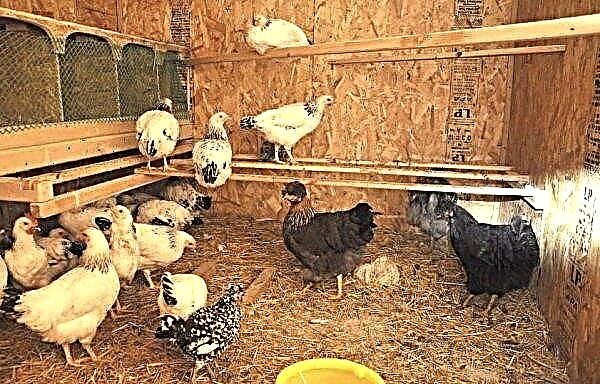Among vegetable growers, Palenka tomatoes are popular. They have an interesting taste and are generally characterized by many advantages. This variety has some features that you should familiarize yourself with before sowing seeds, more on this later in the article.
Grade description
The hybrid variety of tomatoes "Palenka" has special characteristics - these include the following:
- the plant is indeterminate, the bush grows to 1.6–1.8 m in height;
- The variety is intended for planting only in protected soil. The best option for permanent residence is a greenhouse;
- ripe fruits can be removed after 105–115 days after the first seedlings have grown, therefore, the described hybrid is mid-early;
- the average weight of the fetus is in the range of 100–130 g;
- tomatoes of this variety are red in color;
- the skin of the fruit is dense, and the flesh is juicy;
- from the plantations "Palenque" on 1 square. m you can collect 16-22 kg of crop;
- transportation and storage of the product is not difficult;
- Tomatoes "Palenka" are widely used in cooking, as their application is universal.

Advantages and disadvantages
- Among the advantages of this type of tomato, the following can be distinguished:
- unpretentiousness in leaving;
- the ability to grow the product in different climatic zones;
- long shelf life;
- resistance to certain tomato diseases;
- Suitability for long transportation;
- a large number of crops.
- In contrast to the positive qualities, there are several disadvantages of the Palenque:
- mandatory tying and removal of stepsons;
- cultivation only in closed soil;
- lack of resistance to a number of diseases.
Self-growing seedlings
The Palenka variety can be grown independently, adhering to the basic rules for sowing seeds and caring for seedlings.
Did you know? To determine whether a vegetable belongs to hybrids, you need to look at it official title. First-generation breeding products are distinguished by the F1 marking, in which the letter “F” means “filii”, which is translated from Latin as “children”.
Optimum timing for sowing
Sowing seeds should occur 60-65 days before planting in the ground. It is preferable to carry out the procedure in the region of March 10–20.
The soil
First of all, you need to prepare the soil. For self-cooking, you need to mix 2 parts of turf, 2 parts of humus and 1 part of sand.
Further, the soil must be disinfected with a weak solution of potassium permanganate. Another way to disinfect the substrate is to heat it at high temperatures in an oven.
Capacity for growing
For sowing seed, you can prepare either small cups or oblong containers. Seedlings should be dived into separate, single containers.

Seed preparation
Before sowing, the material can be treated with a weak solution of potassium permanganate. Additional stimulants are not required.
Sowing seeds
Disinfected soil should be placed in containers and slightly moistened. Each seed must be planted to a depth of 1 cm. If sowing is carried out in a common container, the gap between the rows should be at least 8 cm. Seeds should be sown at a distance of about 4 cm from each other, after which they are additionally sprinkled with a substrate.
Seedling Care
The containers with seeded material should be covered with polyethylene and transferred to a room with good lighting. If there is not enough natural light, special lamps can be used.
Temperature indicators in the first days should be within + 21–23 ° С. After the appearance of the first sprouts, containers with seedlings can be transferred to a cooler place, but low thermometer values will still be detrimental to the plant.Important! Poor lighting should not be tolerated, as it will adversely affect plant resistance.
When the sprout does not yet have leaves, the soil should be moistened with a spray. After the first two leaves appear, it is better to stop moistening the green part. Watering the soil should be carried out every 3-7 days as it dries.
After the growth of the third leaf, seedlings need to be transplanted into separate containers. Next, seedlings need to be fed with complex fertilizer on an organic basis or ammonium nitrate.
Seedling hardening
2 weeks before the seedlings are transferred to a permanent place, containers should be taken out onto the street. This is necessary for hardening tomatoes and their getting used to street conditions. Start with 1 hour on the street. Every day, you need to increase the time spent by seedlings in the open air by 1 hour.
Planting seedlings in a permanent place
In 13-14 days after transplanting seedlings into separate containers, 5-6 leaves will appear on the sprouts. The stems by this time will be strong, will have a height of up to 0.2 m and will be able to tolerate more severe conditions. At this point, tomatoes need to be transplanted into the greenhouse. Usually the landing falls on the border of April and May.
A distance of 0.5 m should be maintained between the bushes. It is most convenient to plant them in a checkerboard pattern. Thus, for 1 square. m will be located 4 tomato bushes. Before planting, you need to dig holes to a depth of 0.3 m and pour them with water. After placing the bush in the pit, its root system should be sprinkled with a substrate and slightly compacted.
Outdoor Care
For successful ripening of the crop, special attention must be paid to caring for seedlings in the open ground. Mandatory procedures include watering, top dressing, tillage, removal of stepsons and tying. You also need to take time to prevent the development of certain diseases.
Watering
Watering should begin 14 days after moving the bushes to a permanent place. In order for the rhizome to develop independently, you need to avoid high humidity. Further, the soil should be moistened every 3–7 days. Only water should be watered without affecting the tops.
Important! Water should be heated. Cold watering can harm the plant.
Top dressing
Until the first ovaries appear, potassium monophosphate will be an excellent fertilizer.
When the first fruits appear, top dressing should be carried out with an equally proportional mixture of potassium, nitrogen and phosphorus. When ripening, the ratio of these components should change by 9: 1: 3, respectively. Fertilize bushes 1 time in 14 days.
Stepson
Remove stepchildren as they appear. It is better to do this immediately after the growth of the stems.
Soil care
From soil care procedures, it is important to pay attention to weeding and loosening, which must be performed as necessary. Mulching should be done immediately after planting with dry earth.
Bush tying
Variety "Palenka" needs to be tied up. This is necessary to maintain the bush. For this, trellises are suitable, to which you need to tie the stem immediately after the bend of the apex is noticed.
Preventative treatment
The variety under consideration is resistant to cladosporiosis, verticillosis, fusariosis and nematode attack. However, there is a risk of contracting other diseases. One of the most common is late blight.
The basis for the prevention of late blight is the preliminary disinfection of the soil and seeds, as well as fertilizers with phosphorus and potassium. You can also treat plants with a protective fungicide.
Did you know? Fungal infection, which is the cause of late blight, was brought into Europe from America at random along with potatoes on board the ship.
Harvesting
With 1 sq. m. the grower can collect an impressive amount of yield with a total weight of 16-22 kg. The ripened fruits are perfectly stored and amenable to transportation.
A hybrid variety of tomatoes "Palenka" refers to a fairly unpretentious plants, but needs proper care. With the right approach to growing towards the end of ripening, you can harvest a good crop.

